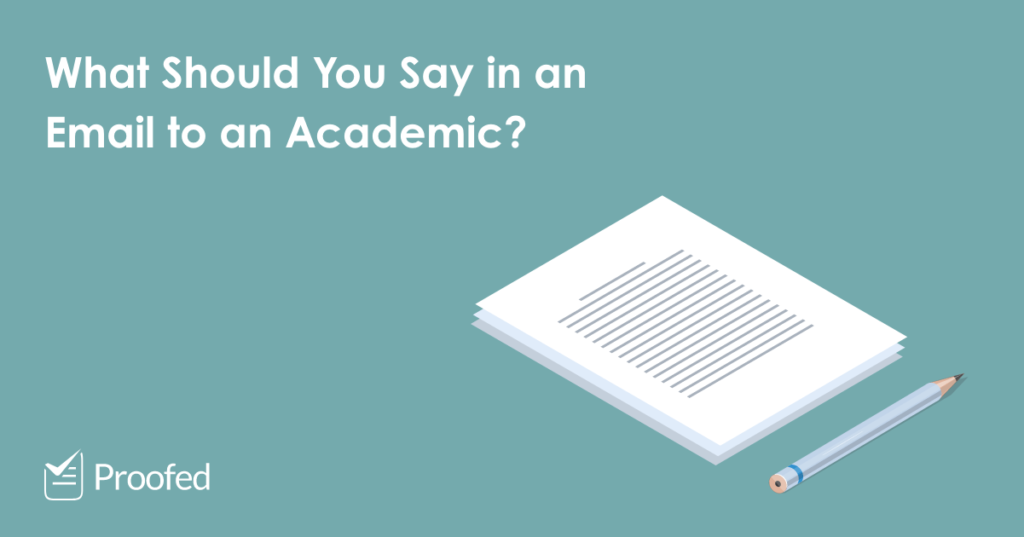When you email a professor or tutor for the first time, you want to make a good impression. But how can you do this? Our top tips for writing an academic email include the following:
- Consider whether you need to send an email. You may be able to find the information in your syllabus, timetable, or other course materials.
- Write a clear subject line setting out what your email is about.
- Let the recipient know who you are and make a specific request.
- Use a clear, concise writing style and appropriate academic language.
- Proofread your email carefully before hitting send.
Check out our guide below for more on how to write an academic email.
1. When to Send an Academic Email
If you say the word “inbox” to an academic, they will shudder in horror. This is because most lecturers and tutors receive dozens of emails every day. Keeping on top of this can take a lot of time and effort.
So, before writing an email, ask yourself: Do I need to send this?
Often, you can find the information you need in other places. If you want to know about a reading assignment, for example, you should check your syllabus, course documentation, or reading list.
This isn’t to say you shouldn’t ask for help. Academic staff are there to assist you. But they can do this more effectively if they have time to spare, so it’s best only to email someone when you can’t find the information elsewhere.
2. Subject Line
Every academic email should have a clear subject line that sets out why you’re emailing. For example, if you need to discuss a paper you’re writing, a vague subject line like “Question” or “Urgent!” may be easy to overlook.
Instead, you could write something like:
Aristotle Paper – Tutorial Request for Wednesday
This is short and simple, but the recipient will immediately understand the topic of your email, what you need, and when you need it.
3. Be Specific About Why You’re Emailing
The text of your email should be as specific as possible. To do this:
- Set out who you are and your relationship to the recipient.
- Explain your situation in no more than a couple sentences. For more complex requests, you’re better off setting up a meeting in person.
- Suggest how the recipient can help you address the problem.
This will ensure the recipient knows who you are and what you need from them. The simpler you make this, the easier it will be for them to respond.
4. Be Clear, Concise and Formal
As well as being specific, you need to use an appropriate writing style. This should be clear, concise, and formal. Be sure to:
Find this useful?
Subscribe to our newsletter and get writing tips from our editors straight to your inbox.
- Address the recipient using their proper title (e.g., Dear Prof. Smith).
- Use academic language as appropriate (avoid slang and emojis).
- Be polite in your request; don’t make demands.
- Thank the recipient for their time at the end of the email.
It may be the recipient is happy for you to use a less formal writing style. But it’s best to stick to formal, respectful language until you get to know them.
5. Proofread Carefully
Finally, be absolutely sure you proofread your email before sending it.
This will save you from any embarrassing typos, ensuring your email is easy for the recipient to understand.
Example Academic Email
In closing, here’s an example of an academic email:
Dear Prof. Smith,
I am a first-year student on your Ancient Greek Philosophy module, and I was hoping we could meet to discuss the upcoming Aristotle paper (due on March 3).
I am planning to write about Plato and Aristotle, and I have attended the lectures and completed the required reading, but I have questions I would like to ask before I begin writing. Will you be available to meet this Wednesday?
Early afternoon would be best for me, but I am happy to adapt my schedule if you are not available then. If we cannot meet, do you have any books or research papers about Plato and Aristotle that you can suggest?
Thank you for your time.
Kind regards,
Isaac Kinsella
